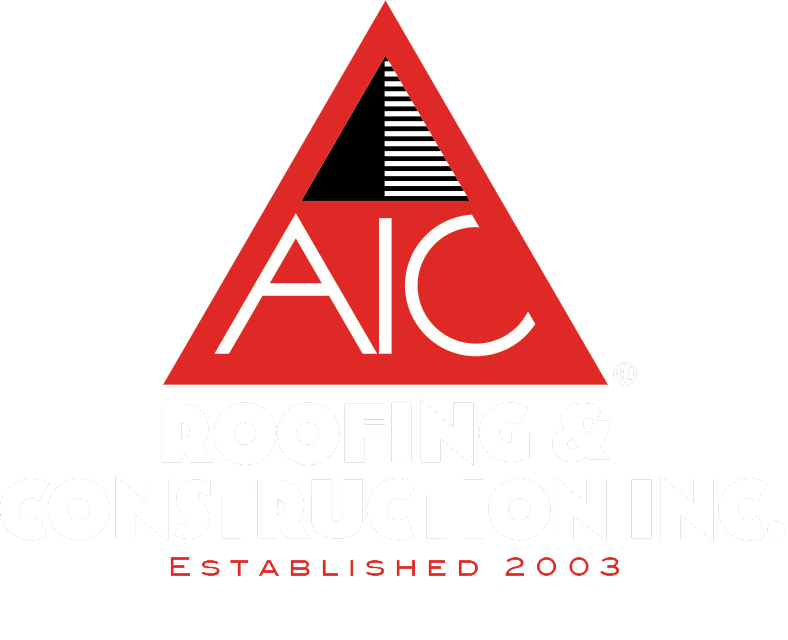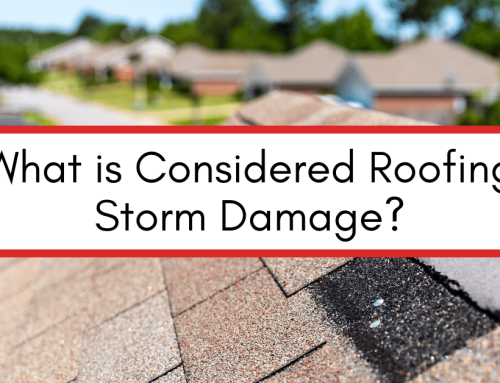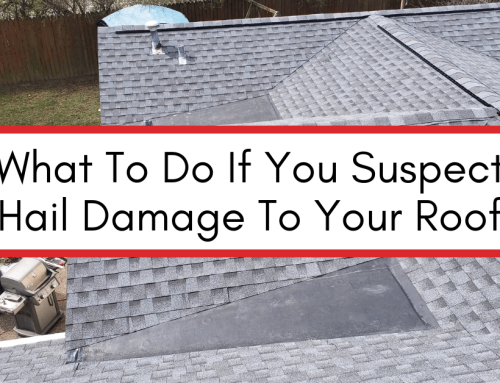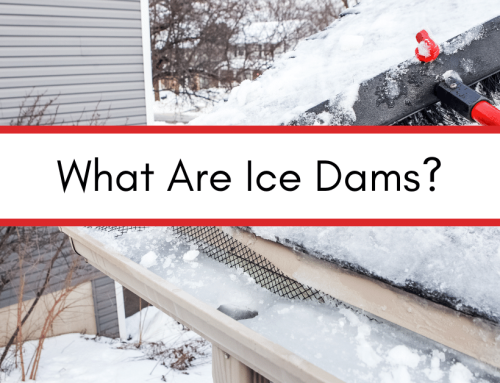Preparing your home and roof for storms is essential in protecting your property from potential damage. By understanding the importance of storm preparation, evaluating your home’s current storm readiness, and implementing essential home and roof preparations, you can increase your chances of weathering a storm unscathed.
At AIC Roofing & Construction, we want to make sure Central Kentucky and Cincinnati homeowners have transparent, accurate information so they can make informed decisions about their roofing system. In this article, we will explore the steps you need to take to ensure your home and roof are well-prepared for any upcoming storms.
Understanding the Importance of Storm Preparation
Storms can wreak havoc on homes and roofs, causing extensive damage and incurring significant repair costs. By taking the time to prepare, you can minimize the risks and potential consequences associated with severe weather events. Central Kentucky is no stranger to wind storms, snow storms and severe weather, so being proactive in your preparations is crucial.
The Potential Damage of Storms
Storms can bring high winds, torrential rain, hail, and even tornadoes, all of which pose significant threats to your home and roof. Strong winds can rip off shingles, damage gutters, and even detach sections of the roof. Heavy rain can lead to water leaks, which, if not addressed promptly, can cause mold growth and structural issues. Hail can dent and crack roofing material, while tornadoes can cause complete devastation.
When it comes to high winds, it’s important to understand the impact they can have on your home. Wind speeds during storms can reach astonishing levels, exerting immense pressure on your roof. This pressure can cause the shingles to lift or even tear off completely, leaving your home vulnerable to water damage. Additionally, the force of the wind can also damage gutters, which play a crucial role in directing water away from your home’s foundation.
Heavy rain is another significant concern during storms. The sheer volume of water that can accumulate on your roof can put a strain on its structure. If your roof is not properly maintained or has weak spots, the weight of the water can lead to leaks and even structural damage. Water leaks, if left unaddressed, can seep into your home’s interior, causing mold growth and compromising the integrity of your walls and ceilings.
Hail is a common occurrence during severe storms, and it can cause extensive damage to your roof. The impact of hailstones can dent and crack roofing material, leaving it vulnerable to water penetration. Even small hailstones can cause significant damage, especially if your roof is already compromised. It is essential to inspect your roof after a hailstorm and address any issues promptly to prevent further damage.
Tornadoes, while less common, are among the most destructive forces of nature. These violent storms can cause complete devastation, tearing apart homes and structures in their path. If you live in an area prone to tornadoes, it is crucial to have a well-constructed and properly maintained roof that can withstand the high winds associated with these storms. Reinforcing your roof’s structure and using impact-resistant materials can help minimize the damage caused by tornadoes.
Why Preparation is Key
Preparing your home and roof for storms provides you with a sense of security and peace of mind. By identifying potential weak spots, assessing your roof’s condition, and taking necessary precautions, you can reduce the risk of damage and ensure the longevity of your property. It is far better to be prepared and prevent damage than to deal with the aftermath of a storm.
One of the essential steps in storm preparation is conducting a thorough inspection of your roof. This inspection should include checking for loose or missing shingles, damaged flashing, and any signs of wear and tear. Identifying these issues beforehand allows you to address them promptly and reinforce your roof’s integrity. We also recommend having your roof inspected by a professional roofing company at least once annually. These roof inspections are typically free and ensure your roof isn’t vulnerable.
Another crucial aspect of storm preparation is ensuring that your gutters and downspouts are clear of debris. Clogged gutters can prevent water from properly draining off your roof, leading to water accumulation and potential leaks. Regularly cleaning your gutters and ensuring they are in good working condition can help prevent water damage during storms.
Additionally, consider reinforcing vulnerable areas of your roof, such as eaves and gable ends. These areas are more prone to wind damage, so reinforcing them with additional fasteners or bracing can help protect your roof during storms. It is also advisable to trim any overhanging tree branches that could potentially fall onto your roof during high winds.
Lastly, consider investing in impact-resistant roofing materials. These materials are designed to withstand the impact of hail and debris during storms, reducing the risk of damage to your roof. Impact-resistant shingles, for example, are made from durable materials that can withstand the force of hailstones without cracking or denting.
Storm preparation is essential for protecting your home and roof from the potential damage caused by severe weather events. By taking proactive measures, such as conducting regular inspections, clearing gutters, reinforcing vulnerable areas, and investing in impact-resistant materials, you can minimize the risks associated with storms and ensure the long-term durability of your property.
Evaluating Your Home’s Current Storm Readiness
Before you can prepare your home and roof for storms, it is essential to evaluate their current conditions and identify any weaknesses. By doing a thorough assessment, you can address potential issues proactively and take appropriate measures to reinforce your property.
Identifying Weak Spots in Your Home
Start by inspecting the exterior of your home. Look for cracks in the foundation, damaged siding, or loose bricks. These vulnerabilities can compromise the structural integrity of your home and make it more susceptible to storm damage. Additionally, ensure that windows and doors are secure and not prone to leaks. Leaky windows and doors can allow water to seep into your home, leading to water damage and potential mold growth.
Another crucial aspect to consider is the drainage system around your property. Poor drainage can result in water pooling around the foundation, which can weaken it over time. Make sure that gutters and downspouts are clear of debris and functioning properly to divert water away from your home.
Check for any areas where water might enter, such as around vents or pipes. These areas are common entry points for water during storms. By identifying weak spots, you can prioritize your preparations and address vulnerabilities efficiently.
Assessing Your Roof’s Condition
Your roof is your first line of defense against storms. It shields your home from rain, wind, and other elements. Therefore, it is crucial to assess its condition regularly.
Inspect your roof for loose or missing shingles, damaged flashing, or cracked tiles. These issues can compromise the integrity of your roof and make it more susceptible to leaks and water damage. Look for signs of water damage, such as dark spots on the ceiling or walls. These signs indicate that water has penetrated your roof and made its way into your home.
If you notice any issues, consider contacting a professional to assess and repair your roof. They have the expertise to identify underlying problems and provide appropriate solutions. Regular maintenance and inspection can help identify potential problems before they become more significant, saving you time, money, and stress in the long run.
Remember, storm readiness is not a one-time task. It requires ongoing maintenance and vigilance to ensure that your home remains well-prepared for any weather event. By regularly evaluating your home’s condition and addressing weaknesses promptly, you can minimize the risk of storm damage and keep your loved ones safe.
Essential Home Preparations for Storms
Securing your windows and doors and safeguarding your home’s exterior are essential steps in preparing for storms. By taking these precautions, you can prevent water intrusion and minimize the risk of damage caused by high winds.
Securing Windows and Doors
Ensure that all windows and doors are securely sealed and properly caulked. Consider installing storm shutters or strong impact-resistant glass to protect against flying debris. Reinforce doors with deadbolt locks and sturdy hinges to prevent them from being blown open by strong winds. These measures will help maintain the integrity of your home during a storm.
Safeguarding Your Home’s Exterior
Trim any tree branches that are close to your home and could potentially fall onto your roof or windows during a storm. Clear any debris from gutters and downspouts to prevent water from backing up and overflowing. Secure outdoor furniture and other loose objects that could become projectiles in high winds. By safeguarding your home’s exterior, you can minimize potential damage caused by external factors.
Post-Storm Procedures
After a storm has passed, it is crucial to inspect your home and roof for any potential damage. Timely action is essential to prevent further issues and ensure the safety of your property.
Inspecting for Damage After a Storm
Start by checking for any water leaks or signs of moisture inside your home. Inspect the roof for missing shingles, damaged flashing, or any structural compromises. Look for cracked windows, dented siding, and other exterior damage. Address any issues promptly to prevent further damage and potential safety hazards.
When and How to Make Necessary Repairs
If you discover any damage, contact a professional roofing contractor or a qualified repair specialist to assess the situation. Avoid making temporary fixes or attempting to repair the roof yourself unless you have the necessary expertise. Proper repairs will ensure that your home and roof are restored to their pre-storm condition and that you are prepared for future weather events.
By understanding the importance of storm preparation and implementing the necessary measures, you can best prepare your home and roof for storms. Evaluate your home’s current storm readiness, secure windows and doors, safeguard your home’s exterior, and perform regular roof maintenance. Reinforce your roof against storms and inspect for damage after a storm, taking prompt action to make necessary repairs. By being proactive, you can protect your property and ensure your safety during severe weather events.
Does Your Roof Have Storm Damage?
If you suspect your roof may have stor damage, it’s important to contact a qualified roofing contractor right away.
AIC Roofing & Construction has replaced over 10,000 roofs in the Cincinnati, Lexington, Louisville and Richmond, KY areas. We are in the top 2% of roofing contractors in North America that received the GAF Master Elite Certification. Working with a GAF Master Elite certified contractor should give you peace of mind that you’re working with an experienced roofer that has undergone rigorous training. Along with our GAF Master Elite certification is an extended material and craftsmanship warranty. We renew this certification every year as part of our commitment to excellence. If you’re preparing for a roof replacement or would like a second opinion – only trust your home to the best. Contact us today for a free estimate on your roof.
3-tab attics barns chimney choosing a contractor commercial cost curb appeal DIY estimate financing flashing flat roof GAF glossary gutter replacement gutters gutter size gutter system ice dams inspections insurance missing shingles roof design roofing materials roofing system roof leak roof maintenance roof materials roof repair roof replacement roof shapes roof types shingle ratings shingles siding siding materials siding replacement skylights storm damage underlayment ventilation warranty winter
